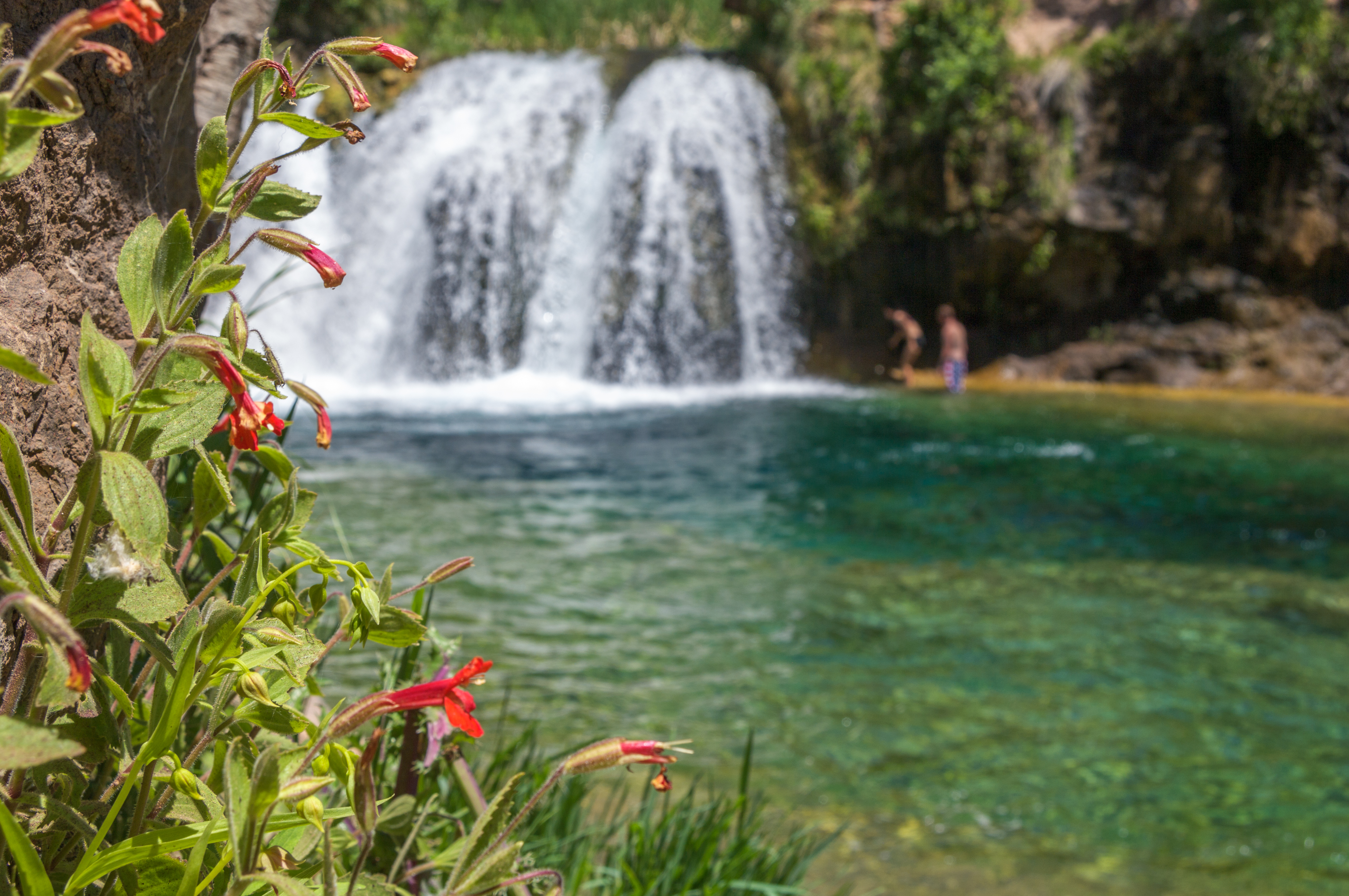
Fossil Creek- AZ
Photo Attribution: Deborah Lee Soltesz, https://en.wikipedia.org/wiki/Fossil_Creek#/media/File:Waterfall_Trail_on_Fossil_Creek_(30064915386).jpg, via Wikimedia Commons
Introduction
Fossil Creek was deemed a Wild and Scenic River (WSR) by congress in 2009, and therefore needs the Comprehensive River Management Plan under review to protect and enhance its river values. Fossil Creek is a 17-mile river that provides habitat for wildlife, human recreation, and unfragmented wilderness. In recent years, public use has increased dramatically, resulting in many visitors being turned away due to limited parking spaces. The USDA Forest Service composed a final environmental impact statement to analyze six alternatives (including “no action") in order to comply with WSR requirements.
Comments
January 19, 2021
Public Comments Processing
Attention: Mr. Mike Dechter
USDA Forest Service
1824 South Thompson Street
Flagstaff, AZ 86001
Dear Mr. Dechter:
Environmental Review, Inc. has reviewed the United States Department of Agriculture (USDA) Forest Service Fossil Creek Wild and Scenic River: Final Environmental Impact Statement for the Comprehensive River Management Plan, dated November 2020, and has the following comments:
1) Chapter 1 Purpose of and Need for Action: Page 6 lists the Outstanding Regional Values (ORV) adopted for the FEIS and the CRMP. Given the importance of the ORV to the W&SR Act, a discussion of the development of the list of ORV and of the removal of “Water” from the original list of ORV (refer to W&SR Resource Assessment of 2011 and the CRMP) in a separate section seems required. The FEIS also lacks a section that summarizes how the various alternatives and the preferred alternative meet the general goal of protection and enhancement of ORV. The information seems to be in the report but is spread across a number of tables that make it very difficult to compare alternatives and impacts.
2) Chapter 3 Affected Environment and Environmental Consequences, Watershed Soils, Environmental Considerations: Pages 104 to 106 of the FEIS argue that differences in developed recreational areas among the alternatives are not significant to water quality, given that these areas are only a tiny percentage of the upstream watershed area. This argument is incorrect. Under most conditions – except large rainstorms – the upstream watershed contributes no water and, hence, no sediment to Fossil Creek. Under these conditions, the developed area is the most significant source of sediment to Fossil Creek and may also be significant to the river downstream of the project area.
The analysis of the alternative impacts on sediment water quality requires documentation of their disturbed areas and their likely contribution of sediment to the creek, adjusted for the benefits of restoration or other actions that might reduce sediment input.
3) Chapter 3 Affected Environment and Environmental Consequences, Wildlife and Vegetation, Baseline and Existing Conditions for Vegetation and Habitat.
The following comments are provided for pages 136 and following:
· Six invasive plant species have not been ranked, which suggests that surveys of the area may not be adequate. Part of the preferred plan is to manage the invasive species; however, this is difficult without an accurate assessment of the distribution of plant species.
· One species in the Forest Service Sensitive group is said to occur near human pathways, but there is no comment on how this sensitive species will be protected under additional human use.
4) Chapter 3 Affected Environment and Environmental Consequences, Environmental Consequences for Wildlife and Vegetation: Pages 184-187 of the FEIS states that potential bat roosting sites were visually inspected within the Fossil Creek corridor during 2011 and 2013. The combination of data resulted in 15 species of bats being captured. Given that the methods only included visual inspection, and the nocturnal natures of bats, there is enough of a reason to also take audio recordings in order to capture the full scope of bat activity in Fossil Creek, such as feedings vs. roosting habitats. Bats are indicator species, and therefore an important organism to have a complete evaluation on prior to choosing an alternative that is human-centric.
Sincerely yours,
Elsa Dillman
Environmental Reviewer (Associate in Utah)
Victoria Vandersommen
Environmental Reviewer (Associate in Alaska)
Ken Rood
Senior Reviewer (Associate in Quebec, Ontario)
Environmental Review, Inc.(501(c)(3) Nonprofit Public Benefit Corporation)
1792 Rogers Avenue
San Jose, California 95112